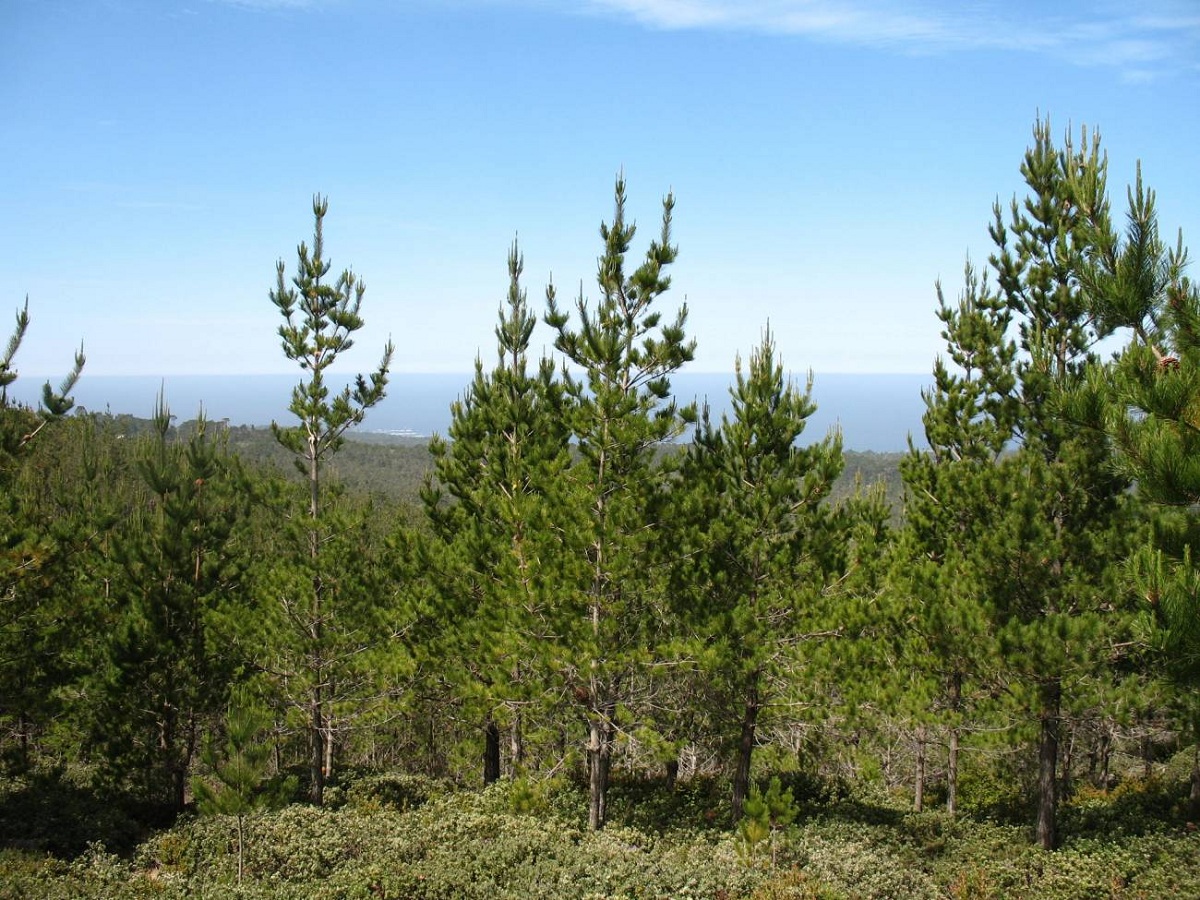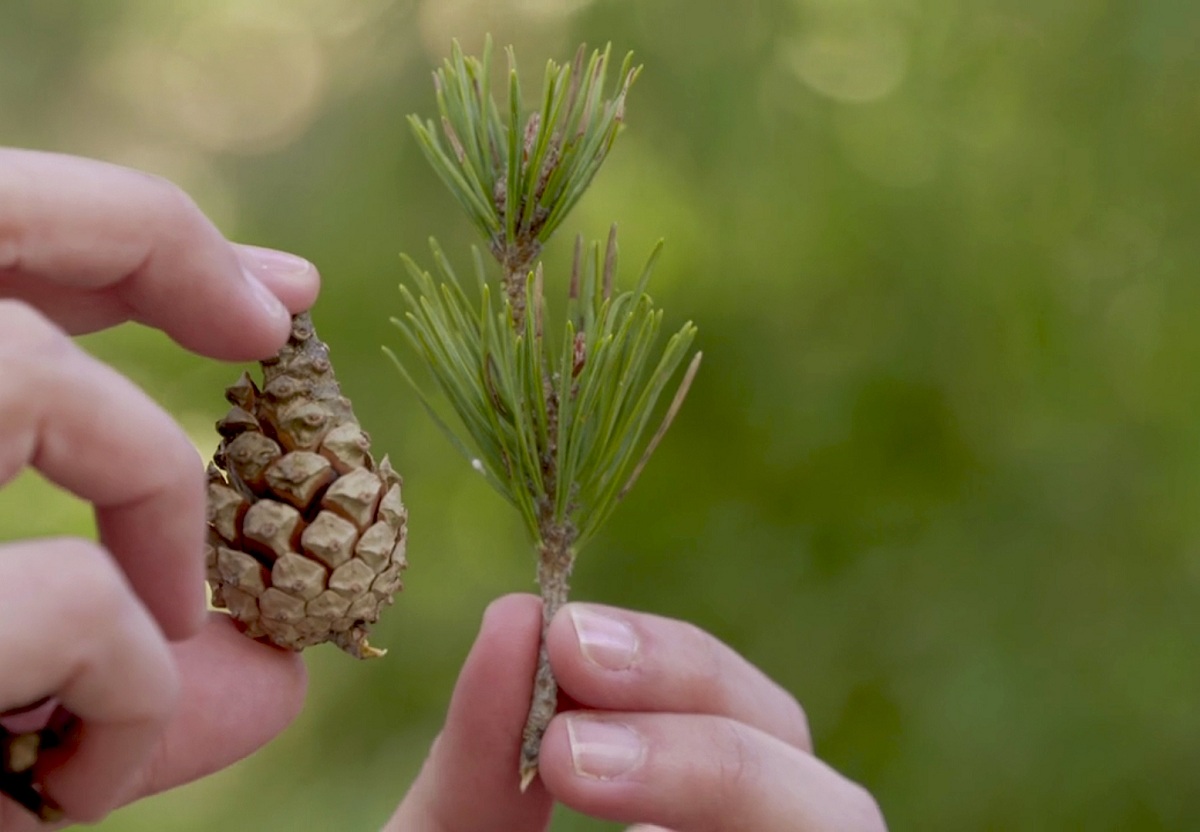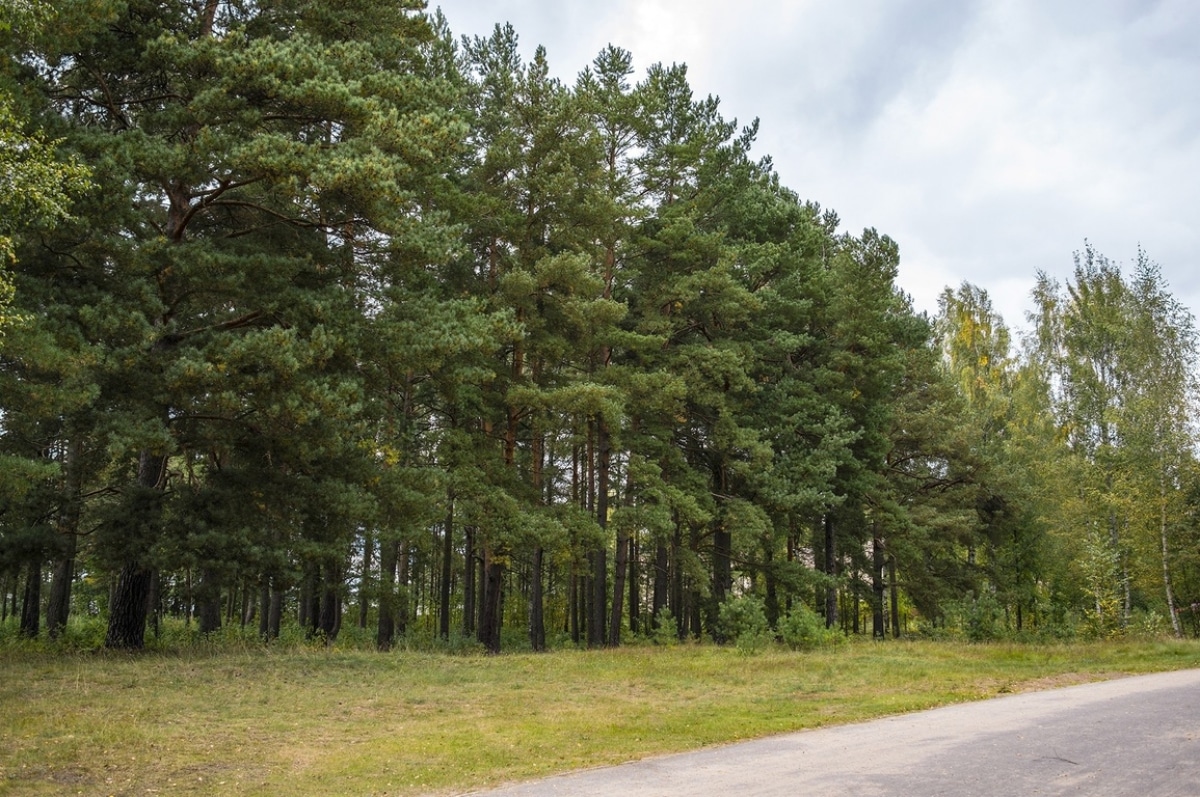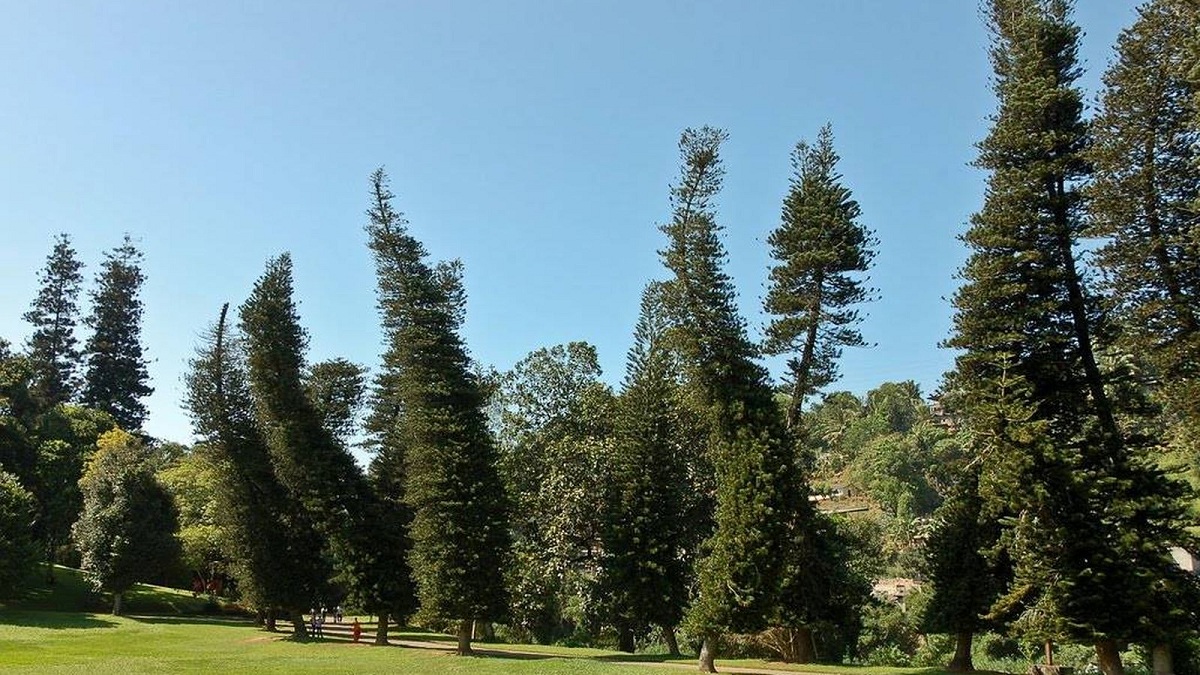
In Spain we have large quantities of different trees. However, one of the most abundant and best known by most people is the pine. There are different types of pines in Spain and each of them has unique characteristics. A pine is a type of evergreen tree that belongs to the pine family and can grow up to 40 meters. It has upright stems with cracks in the brown bark. As these trees grow, the lower branches disappear, making the tree look very lanky. Pine leaves are green, 3 to 8 cm in size and sharp in shape.
For this reason, we are going to dedicate this article to telling you about the main types of pine trees in Spain that exist and their main characteristics.
Types of pines in Spain

Pinus radiata
Its wood quality and its high productivity in relatively short shifts are of great interest. Wood is used to obtain various elements: beams, exterior carpentry, particle board and pasta.
(Pinus sylvestris)
For the realization of beams, furniture, parquet floors, columns, etc. It is also used for firewood and torches. Today, the good parts are used to make high-quality polished furniture, beams, and other shapes, while the inferior parts are used to make tiles, decks, and other less durable items. Many churches in the Ganadería del Norte are built with pine wood, either for the roof, for the altar, or for all the scaffolding they need. It was also widely used in the construction of houses and palaces, such as in San Lorenzo del Escorial.
Pinus uncinata
The current advantages of the black pine in the Pyrenees are limited because these forests have been converted for centuries into alpine pastures, and the firewood is collected in the huts of shepherds and sheep in the higher regions for heating and cooking. Many of our current pine forests are located in steep slopes, rocky areas or other soils of no pastoral importance.
It is a white wood, the heartwood is sometimes salmon brown, not very resinous, easy to cut, of variable quality, generally medium due to excess knots.
Pinea pine
The seeds, the pineapples, are obtained from pine trees and are used to make cakes and nuts. But it is not only a source of food for humans, but also for countless animals, including birds, rodents and even wild boars. Pineapple production triples each year and the pine nut harvest is volatile. Certain types of pines can have exceptional yields of up to 3.000 cones. The quality of its wood is good, but its high resin content makes it unattractive for industry and crafts. Tannins are extracted from the bark to dissolve the skin.
Pinus pinaster
His main hobbies are plastic collection, fishing and wood production. Two main products are extracted from the resin. The process of obtaining pine resin has evolved over time, from primitive systems that ended with the death of the pine tree to the less aggressive systems of today. Today, we can still see the resinous side of Hugues cut pines, cut to about 15cm long, which was very popular throughout the XNUMXth century.
Pinus canariensis
The Canary pine is a rare species among pine species due to its ease of regeneration in the trunk and trunk and it is capable of sprouting after a fire, but this has led to its cultivation in many places at risk of fire.
It has too much wood resin to be used in industry or crafts, but It is very appreciated when making torches, especially the heartwood, which is the darkest central part.
Characteristics of pines in Spain

The pine is a large tree that remains green all year, its branches are pyramidal when young and become broader and more branched as they approach maturity. It has a thick, scaly torso with a resin covering around it. The pointed leaves are like needles.
Its fruit is covered with a woody layer and inside are the seeds. There are three types of pine needles:
- main, that are alone and toothed.
- bracts (organs that store nutrients for flowers), which are smaller than normal leaves near the branch and are triangular in shape when separated from the base.
- adult leaves, these are evergreen and needle-like, and are found in clusters of up to five triangular leaves.
The fruits have the quality of being formed by cones, some of which remain closed for years until something stimulates them, such as fire, to open and drop the seeds to the ground. This reproductive requirement is called serotonin (the adaptation to fire in some species).
Properties

Pine has several properties, the main advantage of which is the turpentine content of its bark. Although this substance is irritating to the skin, it has had various uses since ancient times. The most used parts of a pine are: resin, buds, sage, buttons and wood.
Its benefits are also appreciated in the culinary, cosmetic and wood industries. Pine nuts have long been used in baking and add flavor to salads, fillings and sauces in a wide variety of dishes, and are known as 'pesto'. Pine needles are eaten mixed with breadcrumbs and dried garlic.
The balsamic properties of pine are widely used in some spas, bath tubs, perfumes and tonics made from pine.
In Europe, a traditional bread made from the bark of this tree is called "pettu". Its tradition dates back to a time when food was scarce. Pine needles have long been used in kitchens for their delicate aroma and exotic flavor.
Food cultures are revived around the world when wild edible plants, which have disappeared with commercialization, are eaten. Pine is native and brings ecological benefits to the planet, producing new flavors that awaken the senses.
To use pine needles in our food, they must first be bleached. They should be placed in boiling water for about 20 seconds. Immediately after this time, they were placed in ice water. This helps clean them and keep their color bright.
I hope that with this information you can learn more about the types of pines in Spain and their characteristics.